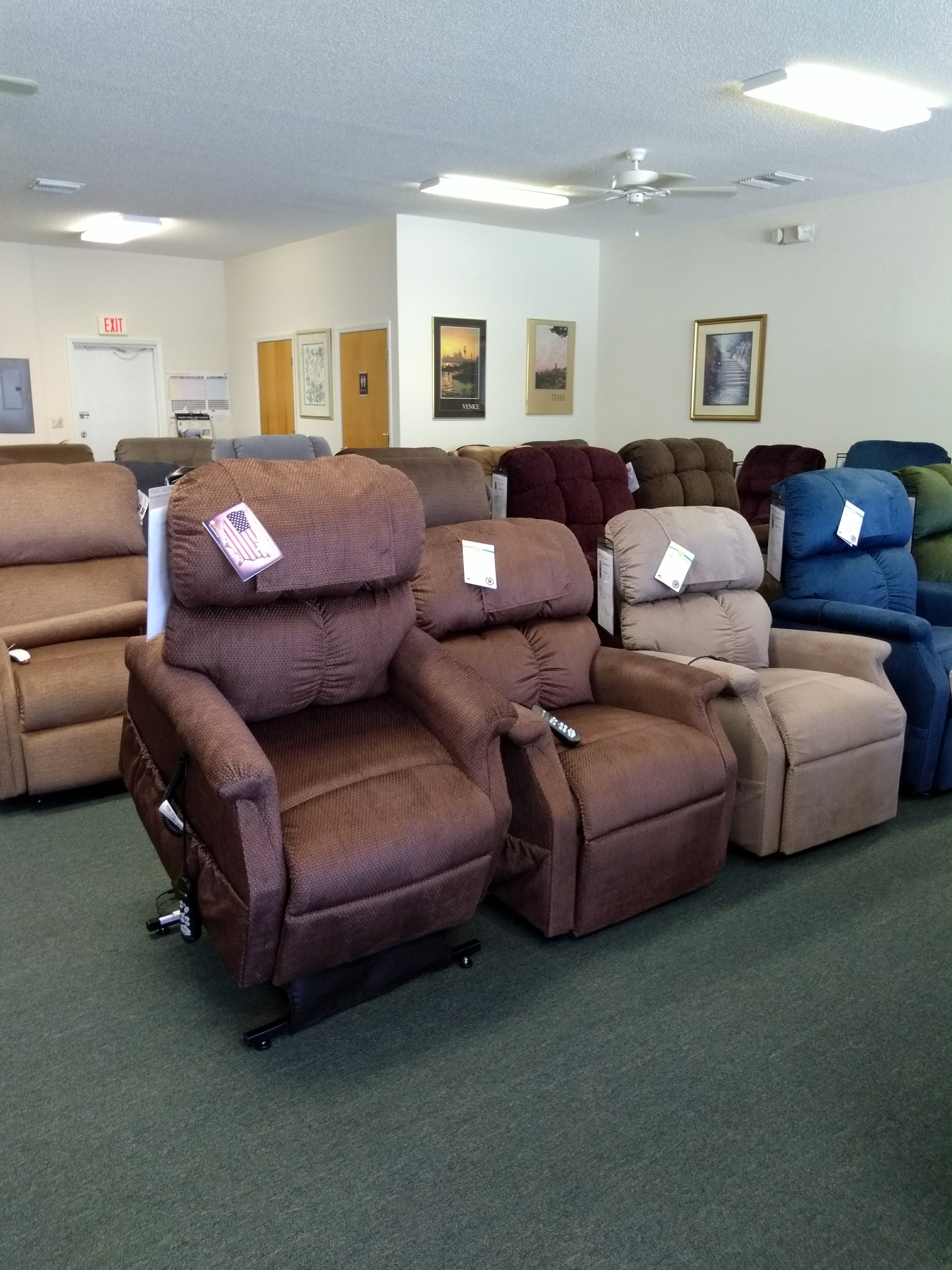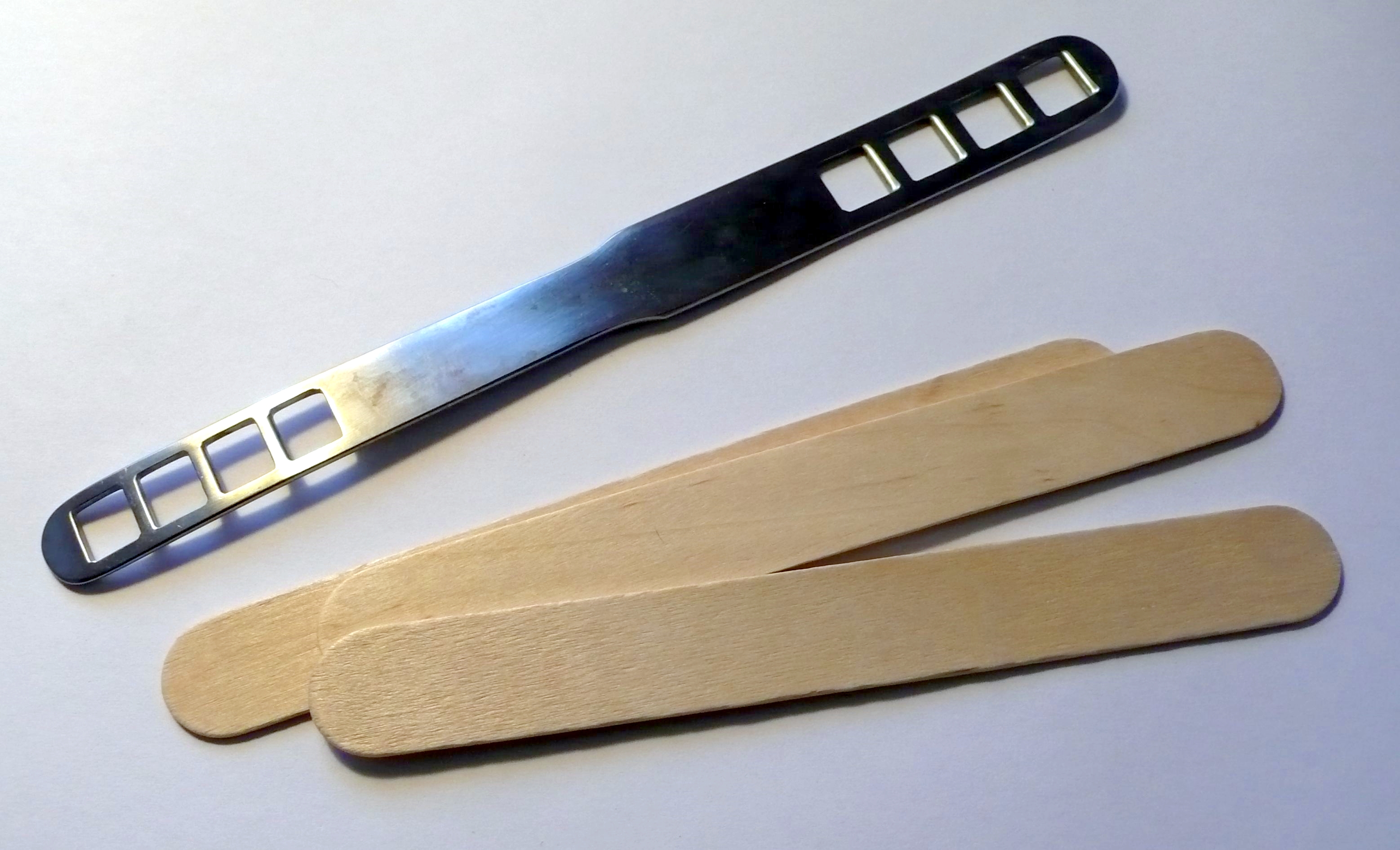|
Patient Lift
A patient lift (patient hoist, jack hoist, or Hoyer lift) may be either a sling lift or a sit-to-stand lift. This is an assistive device that allows patients in hospitals and nursing homes and people receiving home health care to be transferred between a bed and a chair or other similar resting places, by the use of electrical or hydraulic power. Sling lifts are used for patients whose Limited mobility, mobility is limited. Sling lifts are mobile (or floor) lifts or overhead lifts (ceiling- or wall-mounted, or using overhead tracks). The sling lift has several advantages. It allows heavy patients to be transferred while decreasing stress on caregivers, while also reducing the number of nursing staff required to move patients. It also reduces the chance of orthopedic injury from lifting patients. Another kind of sling lift, which is called a ceiling lift, can be permanently installed on the ceiling of a room in order to save space. Mistakes using patient lifts may result in se ... [...More Info...] [...Related Items...] OR: [Wikipedia] [Google] [Baidu] |
Patient
A patient is any recipient of health care services that are performed by Health professional, healthcare professionals. The patient is most often Disease, ill or Major trauma, injured and in need of therapy, treatment by a physician, nurse, optometrist, dentist, veterinarian, or other health care provider. Etymology The word wikt:patient, patient originally meant 'one who suffers'. This English noun comes from the Latin word , the present participle of the deponent verb, , meaning , and akin to the Ancient Greek, Greek verb ( ) and its cognate noun (). This language has been construed as meaning that the role of patients is to passively accept and tolerate the suffering and treatments prescribed by the healthcare providers, without engaging in Shared decision-making in medicine, shared decision-making about their care. Outpatients and inpatients An outpatient (or out-patient) is a patient who attends an Outpatient clinic (hospital department), outpatient clinic with no ... [...More Info...] [...Related Items...] OR: [Wikipedia] [Google] [Baidu] |
Hospital
A hospital is a healthcare institution providing patient treatment with specialized Medical Science, health science and auxiliary healthcare staff and medical equipment. The best-known type of hospital is the general hospital, which typically has an emergency department to treat urgent health problems ranging from fire and accident victims to a sudden illness. A district hospital typically is the major health care facility in its region, with many beds for intensive care and additional beds for patients who need long-term care. Specialized hospitals include trauma centers, rehabilitation hospitals, children's hospitals, geriatric hospitals, and hospitals for specific medical needs, such as psychiatric hospitals for psychiatry, psychiatric treatment and other disease-specific categories. Specialized hospitals can help reduce health care costs compared to general hospitals. Hospitals are classified as general, specialty, or government depending on the sources of income received. ... [...More Info...] [...Related Items...] OR: [Wikipedia] [Google] [Baidu] |
Nursing Home
A nursing home is a facility for the residential care of older people, senior citizens, or disabled people. Nursing homes may also be referred to as care homes, skilled nursing facilities (SNF), or long-term care facilities. Often, these terms have slightly different meanings to indicate whether the institutions are public or private, and whether they provide mostly assisted living, or nursing care and emergency medical care. Nursing homes are used by people who do not need to be in a hospital, but require care that is hard to provide in a home setting. The nursing home staff attends to the patients' medical and other needs. Most nursing homes have nursing aides and skilled nurses on hand 24 hours a day. In the United States, while nearly 1 in 10 residents aged 75 to 84 stays in a nursing home for five or more years, nearly 3 in 10 residents in that age group stay less than 100 days, the maximum duration covered by Medicare, according to the American Association for Long-Term ... [...More Info...] [...Related Items...] OR: [Wikipedia] [Google] [Baidu] |
Home Health Care
Homecare (home care, in-home care, care at home), also known as domiciliary care, personal care, community care, or social care, is health care or supportive care provided in the individual home where the patient or client is living, generally focusing on paramedical aid by professional caregivers, assistance in daily living for ill, disabled or elderly people, or a combination thereof. Depending on legislation, a wide range of other services can also be included in homecare. Homecare can be organised by national or local government, by volunteer organizations or on a market basis. Purpose Homecare is an alternative to institutional care such as can be provided at group accommodations and nursing home. Research shows that clients receiving home health care may incur lower costs, receive equal to better care, and have increased satisfaction in contrast to other settings. Services included The services included vary vastly between jurisdictions, volunteer organizations and ... [...More Info...] [...Related Items...] OR: [Wikipedia] [Google] [Baidu] |
Limited Mobility
A physical disability is a limitation on a person's physical functioning, mobility, dexterity or stamina. Other physical disabilities include impairments which limit other facets of daily living, such as respiratory disorders, blindness, epilepsy and sleep disorders. Causes Prenatal disabilities are acquired before birth. These may be due to diseases or substances that the mother has been exposed to during pregnancy, embryonic or fetal developmental accidents or genetic disorders. Perinatal disabilities are acquired between some weeks before to up to four weeks after birth in humans. These can be due to prolonged lack of oxygen or obstruction of the respiratory tract, damage to the brain during birth (due to the early umbilical cord clamping, for example) or the baby being born prematurely. These may also be caused due to genetic disorders or accidents. Post-natal disabilities are gained after birth. They can be due to accidents, injuries, obesity, infection or other illnes ... [...More Info...] [...Related Items...] OR: [Wikipedia] [Google] [Baidu] |
Casualty Lifting
Casualty lifting is the first step of casualty movement, an early aspect of emergency medical care. It is the procedure used to put the casualty (the patient) on a stretcher. Developed emergency services use lifting devices, such as scoop stretchers, that allow secured lifting with minimal personnel. Other methods (explained below) can be used when such devices are not available. Since only stabilised casualties are moved (except in unusual circumstances), the lifting is usually never performed in emergency; emergency movements are sometimes performed to respect the Golden Hour. This depends on the organisation of the medical services and on the specific circumstances. Maximum care must be taken to avoid to worsen an unstable trauma. The head-neck-chest axis must be kept straight to protect the spine, and the first responders must keep the patient's body stable (no movement of the feet) during the lift. The first responders have to carry a heavy load (probably more than 2 ... [...More Info...] [...Related Items...] OR: [Wikipedia] [Google] [Baidu] |
Lift Chair
Lift chairs, also known as lift recliners or riser armchairs, are chairs that feature a powered lifting mechanism that pushes the entire chair up from its base and so assists the user to a standing position. In the United States, lift chairs qualify as durable medical equipment under Medicare (United States)#Part B: Medical insurance, Medicare Part B. In a February 1989 report released by the Inspector General of the US Department of Health and Human Services, it was found that: lift chairs might not possibly meet Medicare's requirements for Durable Medical Equipment (DME) and lift chair claims need to be re-regulated. The report was stimulated by an increase in lift chair claims between 1984 and 1985 from 200,000 to 700,000. A ''New York Times'' article stated that aggressive TV ads were pushing consumers to inquire about lift chairs and, once consumers called in, a form was sent to them for their physicians to sign. Some companies would ship lift chairs before receiving a physi ... [...More Info...] [...Related Items...] OR: [Wikipedia] [Google] [Baidu] |
Medical Equipment
A medical device is any device intended to be used for medical purposes. Significant potential for hazards are inherent when using a device for medical purposes and thus medical devices must be proved safe and effective with reasonable assurance before regulating governments allow marketing of the device in their country. As a general rule, as the associated risk of the device increases the amount of testing required to establish safety and efficacy also increases. Further, as associated risk increases the potential benefit to the patient must also increase. Discovery of what would be considered a medical device by modern standards dates as far back as in Baluchistan where Neolithic dentists used flint-tipped drills and bowstrings. Study of Archaeology, archeology and Roman medical literature also indicate that many types of medical devices were in widespread use during the time of ancient Rome. In the United States it was not until the Federal Food, Drug, and Cosmetic Act ( ... [...More Info...] [...Related Items...] OR: [Wikipedia] [Google] [Baidu] |
Mobility Devices
Mobility may refer to: Social sciences and humanities * Economic mobility, ability of individuals or families to improve their economic status * Geographic mobility, the measure of how populations and goods move over time * Mobilities, a contemporary paradigm in the social sciences and humanities that explores the movement of people, ideas and things ** Individual mobility ** Hypermobility (travel), the social aspects and environmental impacts of excessive travel ** Private transport, e.g., car-based ** Transport *** Sustainable transport, refers to the broad subject of transport that is or approaches being sustainable *** Active mobility (also known as soft mobility), based on non-motorized transportation methods * Social mobility, movement of people between one social classes or economic levels Arts, entertainment, and media * Mobility (chess), the ability of a chess piece to move around the board and chess game * "Mobility" (song), a 1990 song by Moby * ''Mobility'' (vide ... [...More Info...] [...Related Items...] OR: [Wikipedia] [Google] [Baidu] |
Lifting Equipment
Lifting equipment, also known as lifting gear, is a general term for any equipment that can be used to lift and lower loads. Types of lifting equipment include heavy machinery such as the patient lift, overhead cranes, forklifts, jacks, building cradles, and passenger lifts, and can also include smaller accessories such as chains, hooks, and rope. Generally, this equipment is used to move material that cannot be moved with manual labor, and are tools used in most work environments, such as warehouses, and is a requirement for most construction projects, such as bridges and buildings. This equipment can also be used to equip a larger number of packages and goods, requiring less persons to move material. Lifting equipment includes any form of equipment that is used for vertical lifting, and equipment used to move material horizontally is not considered lifting equipment, nor is equipment designed to support. As lifting equipment can be dangerous to use, it is a common subject of sa ... [...More Info...] [...Related Items...] OR: [Wikipedia] [Google] [Baidu] |





